| Main features of OASIS implants |
|
|
Simultaneously studying multiple brain regions Neurons project to different parts of the brain, and neuroscientists are interested in understanding how these connections affect behavior. OASIS implants use bifurcated imaging fibers connected to multiple GRIN lenses, allowing researchers to simultaneously conduct imaging and optogenetic studies in multiple brain regions. |
| Implementing fiber optic photometry and cell resolution calcium imaging in the same system OASIS implants can perform both population level calcium imaging using fiber optic photometry and cell resolution calcium imaging. Conduct exploratory research using fiber optic photometry and delve deeper into understanding the firing patterns of individual neurons. |
Micro to meso scale imaging and optogenetics OASIS implants enable neuroscientists to perform cell resolution imaging and optogenetics in deep brain regions, or to image large cortical areas and stimulate specific populations of neurons (0.5 mm to 3.2 mm FoV). |
|
Linking neural activity with behavior Neuroscientists are interested in linking brain activity with behavior. Using OASIS implants, imaging and optogenetic data can be synchronized with external behavioral cameras and devices using the accompanying IO control box to link neural activity with behavioral events. |
Using cell resolution optogenetics to manipulate functional neuronal activity In order to dissect neural circuits at the level of individual neurons, neuroscientists need a tool to conduct cell resolution optogenetic studies on freely moving animals. OASIS implants use Mightex's polygonal DMD Illuminator to illuminate individual neurons within the body. |
| 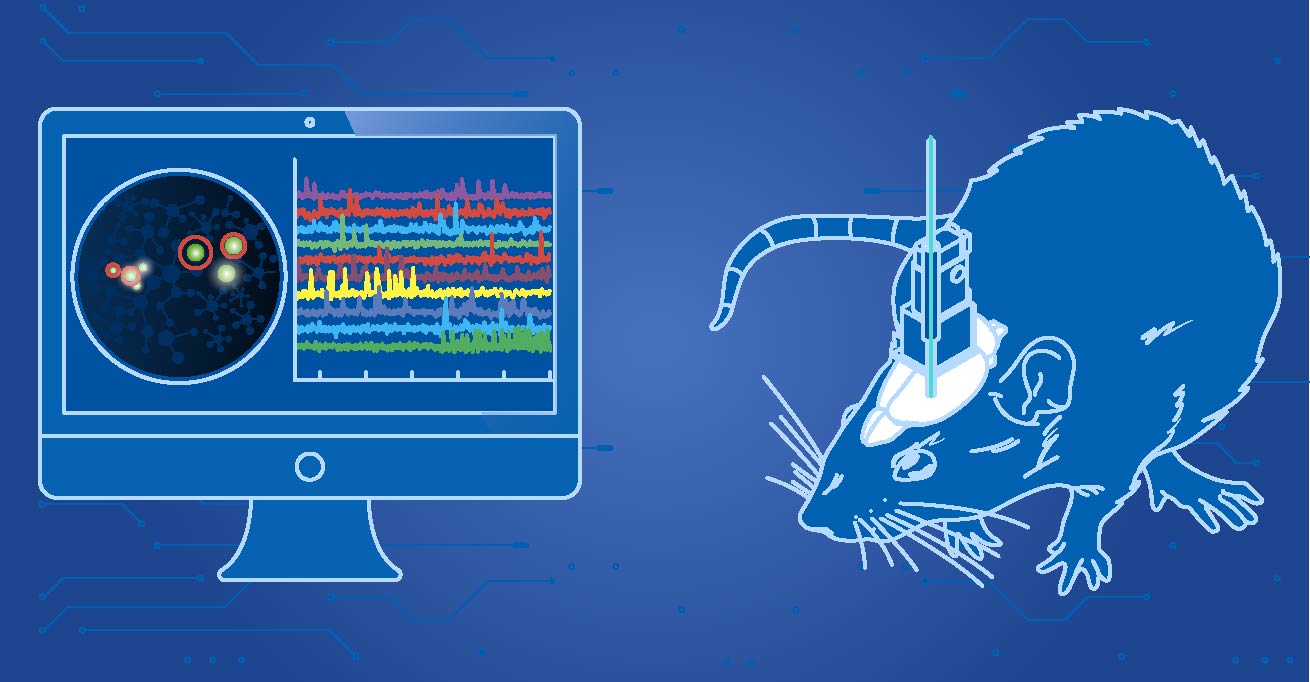 |
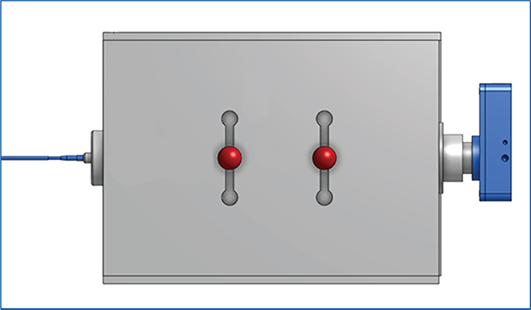 |
|
Compatible with scientific grade cameras When imaging indicators in vivo, neuroscientists need reliable and confident methods to collect and analyze the signals obtained. Our platform supports the use of scientific grade cameras (Photometrics and PCO) to maximize the quality and temporal resolution of image acquisition. This makes OASIS implants suitable for applications such as voltage imaging. |
Rotation compensation options for free behavior experiments Some behavioral paradigms require animals to continuously move and change direction multiple times. The OASIS implant with Rotation Adaptive Mechanism (ROAM) incorporates cutting-edge technology that allows our imaging fibers to rotate while producing minimal torque to animals and providing the highest level of animal motion for natural behavior research. |
| 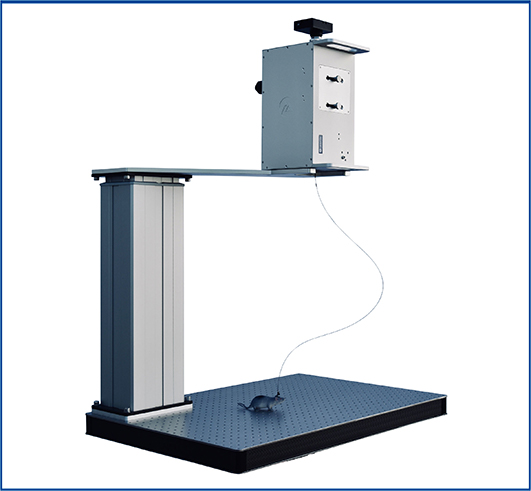 |
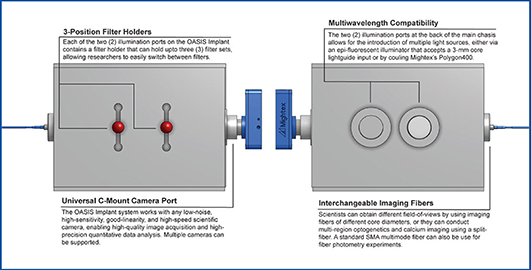 |
|
Reconfigurable system, suitable for different experiments OASIS implants are designed for various imaging and optogenetic experiments. With the ability to easily switch light sources, filter sets, cameras, and fibers, neuroscientists can conduct various types of experiments without restrictions. |
Lightweight head mounted devices can reduce animal behavioral stress OASIS implants use lightweight head mounted devices to connect optical fibers to animal heads for free imaging and optogenetics. The head mounted device (0.7g) is three times lighter than a miniature endoscope, thus reducing the overall weight of the animal's head and improving its mobility. |
| 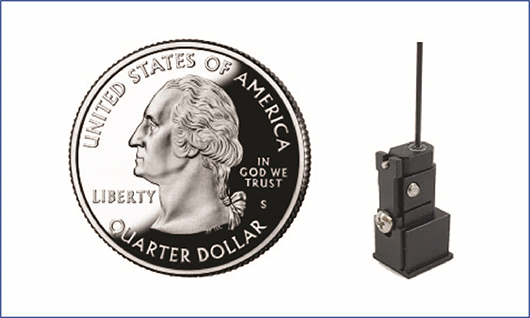 |
|
|
|